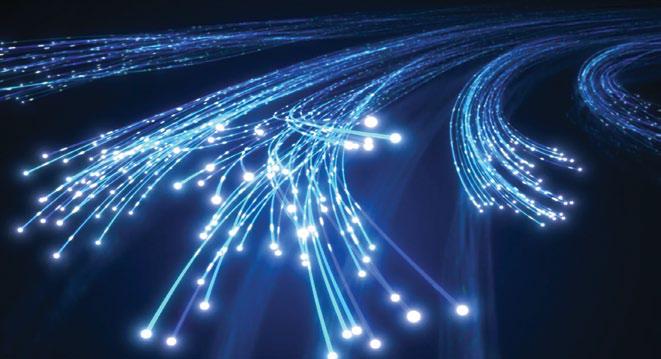
The Federal Communications Commission, the US communications regulator, voted and announced on 25 April 2024 that it is restoring Net Neutrality (NN) and re-establishing the national Open Internet (OI) standards. It has re-classified broadband services as common carriers under Title II of the Telecommunications Act and will regulate them as essential services.
The announcement unambiguously states that the FCC will ensure that the Internet is fast, open, and fair and will exercise its authority to protect the OI by “prohibiting ISPs from blocking, throttling, or engaging in paid prioritisation of lawful content, restoring the rules that were upheld by the DC Circuit in 2016.”
Both OI and NN are understood differently by different people in different contexts.
In simple terms, the term Open Internet emanates from the engineering design of the Internet itself. Unlike traditional telecom infrastructure, any network or its part, wired or wireless, such as devices, equipment, applications and users, can physically connect or interconnect by adhering to specific TCP/IP protocols and standards. As some say, the Internet has been a permissionless network (arguably) meant to move ‘all information’ as data from origination to destination.
NN technically flows from the OI design. It is more of a techno-socio-economic principle since no technical or commercial discrimination is allowed between the class of users and traffic (with exceptions), thereby leading to ‘the network effect’ (where the more the users, the more the network value gets enhanced).
Denne historien er fra May 2024-utgaven av Voice and Data.
Start din 7-dagers gratis prøveperiode på Magzter GOLD for å få tilgang til tusenvis av utvalgte premiumhistorier og 9000+ magasiner og aviser.
Allerede abonnent ? Logg på
Denne historien er fra May 2024-utgaven av Voice and Data.
Start din 7-dagers gratis prøveperiode på Magzter GOLD for å få tilgang til tusenvis av utvalgte premiumhistorier og 9000+ magasiner og aviser.
Allerede abonnent? Logg på

Cloud endoscopy breakthrough for real-time remote diagnostics
NTT Corporation and Olympus Corporation have demonstrated the feasibility of real-time remote diagnosis and treatment using the world's first endoscopy system powered by IOWN All Photonics Network (APN) technology. The breakthrough experiment successfully processed endoscopic videos on a server located 150 km away, overcoming latency issues and enabling seamless diagnostics.

Rise of the homegrown telecom infrastructure
Telecom infrastructure, once led by US and European designs and made in China, iS Now increasingly designed and manufactured in India, marking a pivotal shift

Balancing innovation and regulation for a connected future
Crafting agile governance ensures equitable, sustainable growth, blending innovation with societal protection in a hyper-connected digital age

Driving transformative shifts towards digital leadership
India's telecom sector, driven by 5G, bold policies, and cross-sector collaborations, is paving the way to global digital infrastructure leadership

Scaling AI in data centres for the next big leap
GPU-optimised data centres are vital for advancing India’s Al ambitions, enabling it to meet growing computational demands and maintaining global competitiveness

Bridging gaps with AI's transformative communication wave
AI-driven real-time communication reshapes industries, enhancing connections, operational efficiency, and immersive experiences in a digital-first world

Weaving the fabric of CDN efficiency
Local peering transforms CDNs by cutting latency, boosting reliability, and ensuring seamless, high-speed delivery for modern digital experiences

From orbit to opportunity: Redefining connectivity
India's satcom sector is set to revolutionise connectivity through hybrid networks, bridging the digital divide and driving innovative technologies for growth

Orchestrating telecom's smart future
AI and automation can revolutionise telecom networks, crafting intelligent, selfoptimising systems to meet future demands and deliver seamless connectivity

Unlocking the true potential of IoT
Specialised silicon and 5G are set to redefine loT's future, driving AloT innovations that deliver real-time intelligence, security, and seamless connectivity